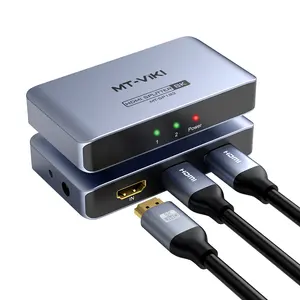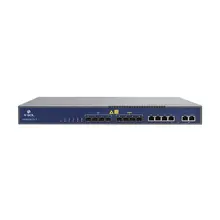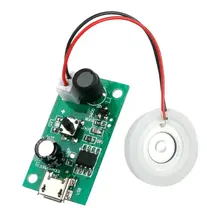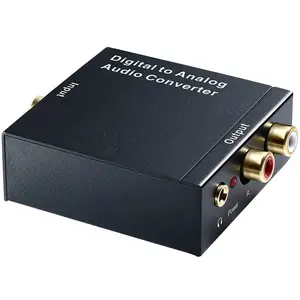Understanding Audio to Fiber Converters
An audio to fiber converter is a specialized device designed to transmit audio signals over fiber optic cables. This technology is pivotal for professionals in the audio industry, as well as for setups requiring long-distance audio transmission without loss of quality. These converters are essential in environments where electromagnetic interference (EMI) can degrade analog signals.
Types and Applications
Converters such as the audio to fiber media converter and fiber optic cable to RCA converter cater to different audio interfaces and requirements. While some converters are used in professional audio setups, like the XLR audio over fiber systems, others serve consumer-level applications, allowing for seamless integration of home theater systems with fiber optic technology.
Features and Materials
The build of an audio to fiber converter typically involves high-grade materials that ensure durability and consistent performance. Features may include support for multiple audio channels, compatibility with various audio formats, and integration capabilities with existing audio equipment, such as XLR to fiber optic converters for professional microphones or mixers.
Advantages of Using Fiber Optic Audio Conversion
The use of fiber optic cables offers a significant advantage in audio transmission, providing clear, high-fidelity audio signals over long distances. Converters like the fiber to audio converter and audio over fiber converter eliminate the risk of signal degradation associated with copper cables. Additionally, fiber optic cables are immune to EMI, making devices like the fibre optic to RCA converter ideal for environments with high interference.
Choosing the Right Converter
Selecting the appropriate converter, such as an analog audio to fiber optic converter or an optical audio to ethernet converter, depends on the specific needs of the audio system. Factors to consider include the type of audio input and output, the required distance for audio transmission, and the desired level of audio quality.
Integration with Other Technologies
Modern audio systems often require interoperability with various technologies. Converters that facilitate this, like the audio ethernet converter and audio over ethernet converter, are increasingly important. For instance, an XLR to optical converter can bridge professional audio equipment with fiber optic systems, ensuring versatile and scalable audio setups.









































 浙公网安备 33010002000092号
浙公网安备 33010002000092号 浙B2-20120091-4
浙B2-20120091-4